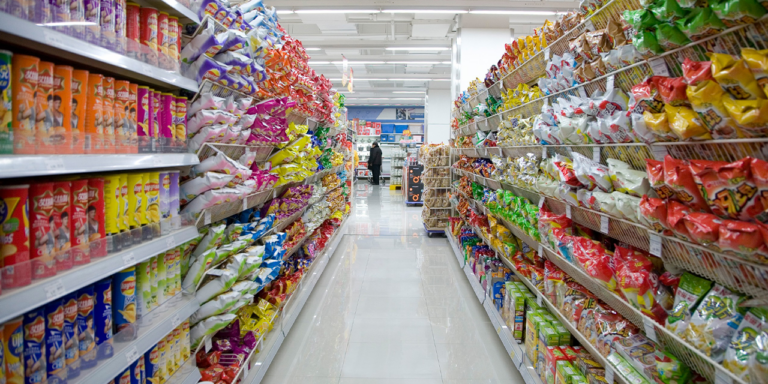Across markets, we are witnessing inflation rates rising to levels not seen since the 1970s. Over the last five decades, the world and our societies have changed so much that any comparisons we may draw between these high-inflation environments won’t be relevant to today’s market. In many ways, the era of abundance seems to be over.
The most successful retailers and consumer goods companies at the end of 2023 will be the ones who are able to use their supply chain data most efficiently to better understand consumer demand patterns and the overall impact of macroeconomic shifts on supply chains.
The top concern among our customers — both retail and consumer goods companies — is inflation. They want to know what to expect if they raise the consumer price to shoulder the burden of increased energy, transportation, and raw materials costs.
My advice is to focus on improving operational efficiency by leveraging retailer and supplier supply chain data to optimize the end-to-end supply chain. In the best-case scenario, your company will be the very last among your competitors to raise prices for customers.
In these economic times, it is critical that retailers and consumer brands be strategic with their prices and run their operations as efficiently as possible while streamlining their operating budgets. Fortunately, this is one of the biggest challenges an end-to-end supply chain solution can help solve by reducing waste and eliminating unnecessary costs. Not only is the return on investment quick but having better control of operations enables faster adjustment to changes in demand and supply.
Labor availability and cost are key considerations in today’s climate. We’ve heard from several of our customers that one of the biggest reasons for out-of-stock products in their stores is due to not having enough people picking at their distribution centers.
When retailers can accurately forecast the volume of work at both distribution centers and stores and have visibility into their logistics, they’re able to smooth the flow of deliveries and match the workload to the number of staff available. This drives better in-store availability and online order fulfillment and ensures labor is scheduled efficiently.
Consumer goods companies and retailers who rely on historical data alone have a difficult time accurately forecasting customer demand in today’s rapidly shifting environment. In my 25 years of working with forecasting and supply chain analytics, I’ve never seen a more challenging time for retail and consumer goods markets. These are very abnormal years with the pandemic just behind us.
Customer demand is changing as shoppers are also feeling the pinch of inflation. As such, they are adapting their shopping behaviors to stretch grocery budgets further. For instance, many forego their favorite brands in favor of purchasing private-label products. As customer demand patterns continue to change, retailers and consumer goods companies face an increased risk of either stockouts or overstocks if the end-to-end supply chain doesn’t react quickly.
Retailers need to be able to quickly pick up on demand changes to ensure the right inventory is available in the right places to secure product availability and avoid overstock. Likewise, consumer goods suppliers need to leverage retail data to access the same level of visibility, not only to manage supply but also to adjust their assortment, pricing, and promotion strategies to fit the demands of the current market.
Retailers and consumer brands should consider adding machine learning technology to their toolkits. The right technology can significantly improve accuracy in demand forecasts, workforce, and merchandising plans – streamlining operations and establishing cost efficiencies in the entire supply chain.
Simply put, over the last few years, we’ve seen that the retailers and consumer goods companies who leverage technology to process the massive amount of data in their end-to-end supply chain fare better. Even in challenging times, our customers have been able to minimize waste, protect margins, optimize operations, and focus on customer service.
In these times of economic turbulence, the retailers and consumer goods companies who come out on top will be those who reap the benefits of an integrated supply chain technology that optimizes operations and reduces labor costs.




